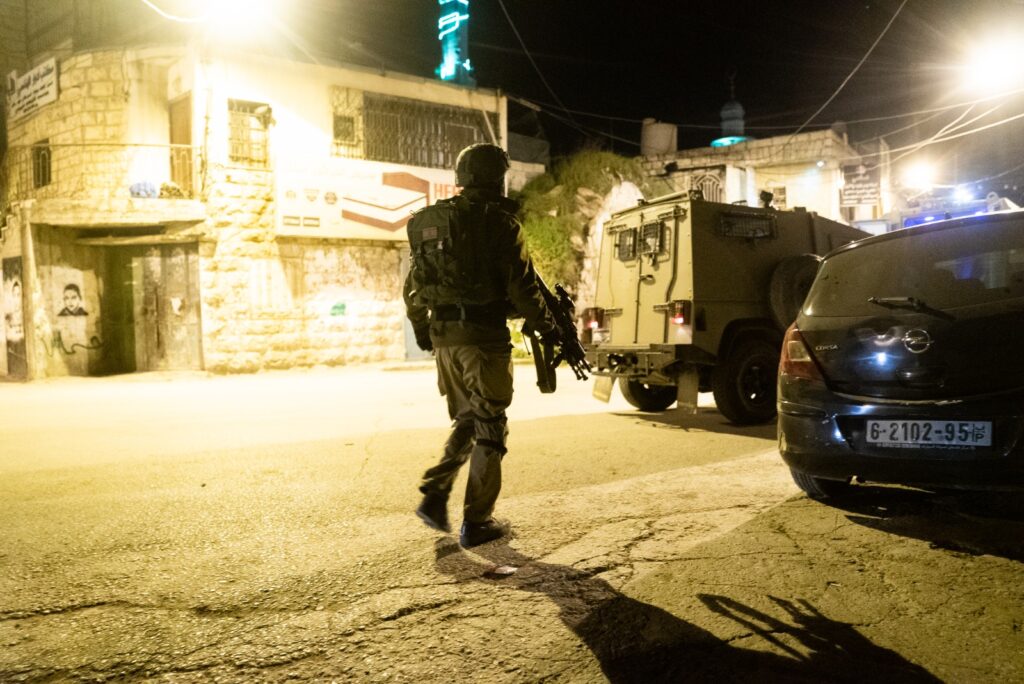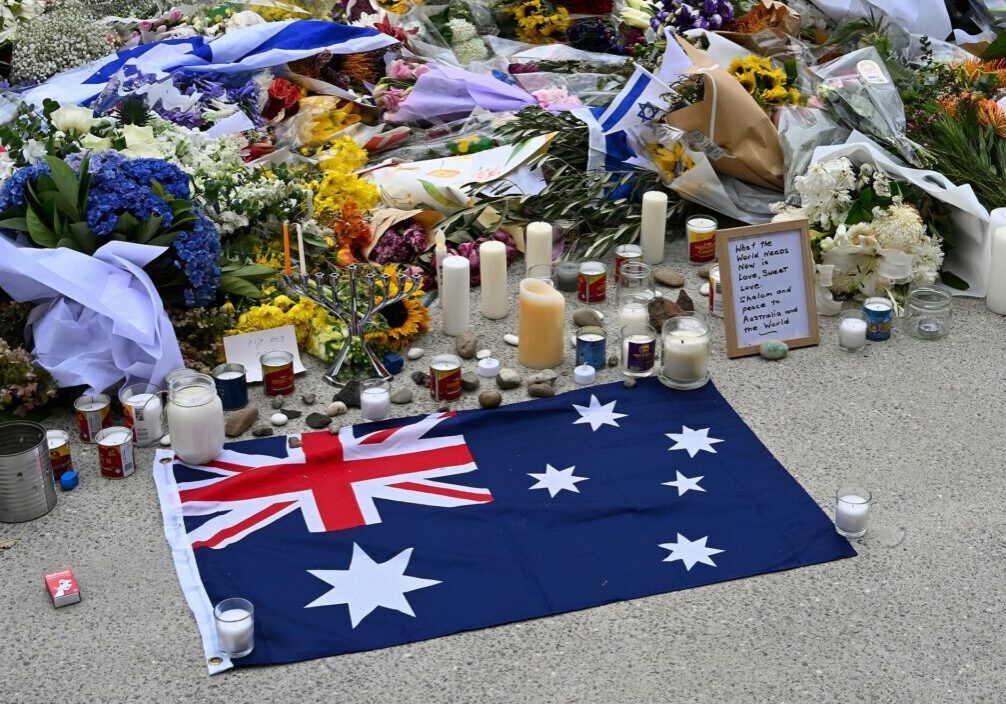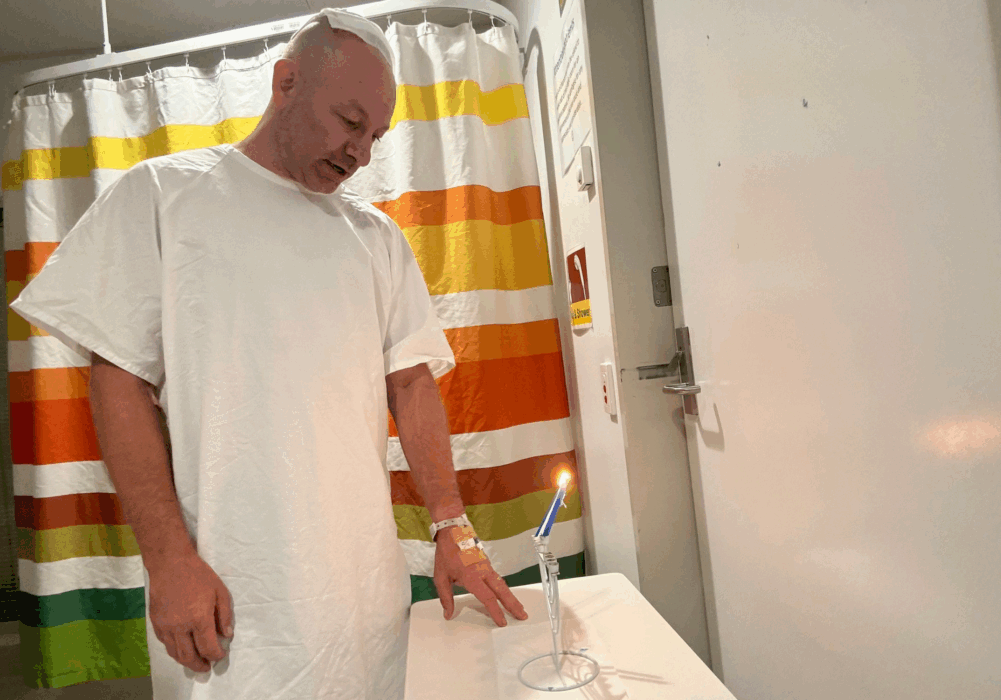Australia/Israel Review
Preventing the West Bank from becoming Gaza
Sep 24, 2024 | Neomi Neumann

The operation begun on August 27 by the Israel Defence Forces (IDF) in the northern West Bank is another milestone in Israel’s struggle against Palestinian terrorism from that territory. Aimed at eradicating the local terrorist infrastructure, the operation is the largest in the West Bank since Defensive Shield in 2002 and involves three brigades working in several locations simultaneously. According to figures from the Israel Security Agency (ISA), 1,245 attacks emanated from the northern half of the West Bank over the past year, 255 of them categorised as “significant”. There were also 435 attacks against IDF targets. Since October 7, 24 Israelis have been killed in such attacks.
Recently, the failed Tel Aviv suicide bombing on Aug. 18 was carried out by a Palestinian from this area (specifically Nablus). Hamas, whose last “successful” suicide attack inside Israel was a Jerusalem bus bombing in April 2016, claimed responsibility for the Tel Aviv attack and declared its intention to renew suicide bombings in Israel.
Even before the current IDF operation, Israel was constantly working to crush the West Bank terrorist infrastructure, focusing in recent years on the more challenging northern half. Over time, these efforts left their mark, making it difficult for Hamas to attack inside Israel.
Gradually, however, this difficulty has led Hamas and other terrorist organisations to focus more on attacks inside the West Bank. Thus, starting in 2021, various terrorist “battalions” were formed in the territory, mainly in the northern refugee camps. The weak Palestinian Authority rarely entered these areas, nor did Israel, due to agreements with the PA. These battalions focused on attacking both IDF personnel operating in the West Bank and Israeli settlers, later expanding the violence to communities on the Israeli side of the West Bank security barrier, such as Emek Hefer and Gilboa.
According to ISA estimates, about 15 battalions from Hamas, Palestinian Islamic Jihad, and other Palestinian factions are currently operating in the West Bank. Each has dozens of fighters as well as commanders, financiers, and sabotage experts, resulting in attacks that are increasingly sophisticated and daring. The Gaza war has inspired these battalions, which have begun to “Gazify” the West Bank by manufacturing improvised explosive devices (IEDs), digging tunnels, and attempting to produce rockets.
This terrorist infrastructure grew with the backing and support of Hamas figures in Gaza and abroad, who believed that investing in them would yield a return when the “great war” broke out in Gaza and the various fronts united against Israel. Saleh al-Arouri, who was killed by an Israeli airstrike near Beirut in January, was the Hamas figure responsible for encouraging terrorism in the West Bank and preparing the area as a future battlefield. Hamas finance official Zaher Jabarin, who lives in Turkey but is close to Iran and Hezbollah, has replaced Arouri.
Since October 7, Israel has been responding to all manifestations of terrorism in the West Bank, using methods that have not been employed since the Second Intifada in the early 2000s. In addition to dozens of aerial strikes, the IDF has carried out extensive arrest operations, detaining more than 4,000 suspects so far. It has also confiscated large quantities of weaponry, including IEDs and raw materials, along with large sums of money, estimated in the millions of dollars.
The deteriorating security situation is fed by conditions in the Palestinian arena. The weakening of the PA and the loss of public support for President Mahmoud Abbas and his political path have strengthened opposition elements led by Hamas as well as the “resistance” agenda it represents. On social media, Hamas is frequently perceived as restoring Palestinian honour and representing the interests of the Palestinian public.
A playground for the “Axis of Resistance”
The intensifying friction with Israel – which includes frequent IDF raids in Area A, the portion of the West Bank administered exclusively by the PA – exacts a heavy price. A large number of Palestinians (634) have been killed in the West Bank since the Gaza war began; this, combined with frequent waves of arrests, has left many residents feeling a loss of personal security.
The West Bank economy, which is inherently weak, is on the verge of crisis. Israel’s restrictions on the PA since the Gaza war began – particularly its withholding of the Gaza portion of the tax revenues it normally transfers to the PA and the revocation of 160,000 permits to work in Israel – have made it difficult for the PA to provide services to the population and harmed the standard of living.
Moreover, the PA for a long time has been paying partial salaries to officials – including security personnel, who are now less willing to prevent terrorism and less motivated to maintain stability. Signs of disintegration are also evident in the ruling Fatah Party, as its activists join with Hamas operatives and take part in terrorist “battalion” activities against Israel.
As for the wider Palestinian public, the terrible scenes of war in Gaza, the large number of fatalities and people arrested in Israeli military operations in the West Bank, and the violence by Jewish extremists have deepened the public’s sense of distress. The deteriorating economic situation (including a high unemployment rate, especially in the northern West Bank) encourages anarchy and facilitates recruitment to terrorist organisations.
Yet despite numerous triggers over the past year, the general public in the West Bank has not engaged in wide popular protest. In recent months there has been a decline in the scope of incidents involving stone throwing, Molotov cocktails, demonstrations, and riots. Nevertheless, Hamas is still perceived as restoring Palestinian honour by fighting Israel and is therefore popular with the public, particularly young people. Refugee camp residents and university students are more willing to join the group.
Hamas efforts to set the West Bank ablaze have long been backed by Iran and Hezbollah. In recent years, the territory has become the de facto playground of the “axis of resistance”, which is flooding local communities with weapons, money, and terrorist know-how. Today, many IEDs manufactured in the northern West Bank contain large quantities of explosives, smuggled from Iran to Syria and from there through the border with Jordan. Besides destabilising the West Bank, this flow of arms and funds also undermines the Hashemite Kingdom’s national security.
Recommendations
In parallel to winning the war in Gaza and establishing a stable postwar situation, Israel will need to work intensively to eradicate terrorism in the West Bank and prevent it from spilling over into Israel. That is why it launched its latest military operation: to prevent the West Bank from becoming another front in the war.
For this reason, it is also important to address the porousness of the West Bank security barrier. Even today under wartime conditions, tens of thousands of Palestinians enter Israel illegally on a near-daily basis. These individuals are generally workers trying to find employment; they tend to leave and return daily, though some stay in Israel for as long as a week at a time. Inevitably, some terrorist operatives slip through as well. Given that most of the gaps through which they infiltrate are in the so-called Jerusalem Envelope, efforts to complete the security barrier need to be prioritised in these areas, both through accelerated construction and by moving troops there from other locations. The police should also improve their handling of employers who facilitate the illegal entry of Palestinians.
At the same time, Israel needs to address the weapons and funds coming from Iran and Hezbollah, which will require cooperation with Jordan and the PA. Preventing smuggling along the border with Jordan requires international cooperation, led by the United States. Israel must invest more in sealing that border. This means assisting the Jordanians in various areas – which is contingent on the state of their bilateral relations – and investing in additional troops and construction of a border fence along a frontier that is mostly open at present.
However, as in Gaza, the solutions to terrorism are not only military. There must be a systemic response that strengthens the PA and enables it to function while weakening the power of West Bank terrorists. It is important to remove incentives for West Bank residents to engage in terrorism by permitting them to work in Israel. Implementing this measure would be politically difficult given the heightened Israeli fears of terrorist infiltration post-October 7. Yet the fact that tens of thousands of Palestinian workers have already been streaming into Israel illegally suggests that there is some room for policy shifts on this issue.
Action must be taken to reduce Jewish extremist violence against Palestinians as well, including arrests and sanctions. While Palestinian violence undoubtedly sows fear among Israeli settlers, it also gives extreme right-wing elements an excuse to act in ways that intensify the conflict.
Neomi Neumann is a visiting fellow at The Washington Institute, focusing on Palestinian affairs. She formerly served as head of the research unit at the Israel Security Agency, or Shin Bet, and with the Ministry of Foreign Affairs.
Tags: Hamas, IDF, Israel, Palestinian Authority, Palestinians, Terrorism, West Bank






